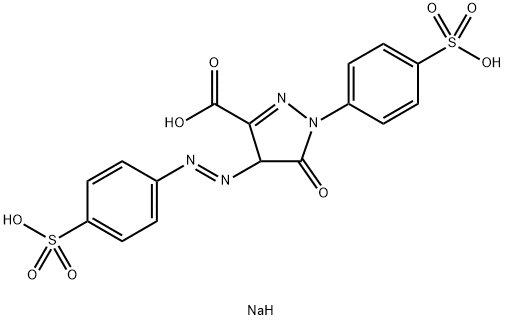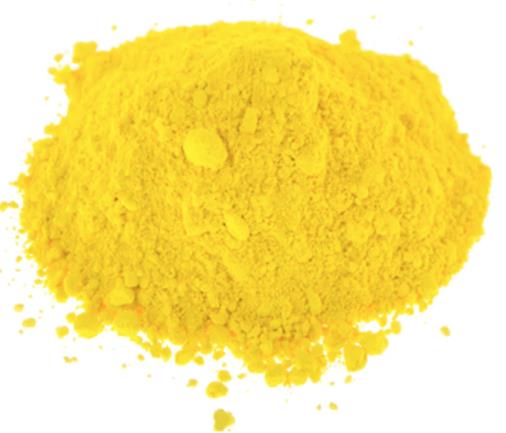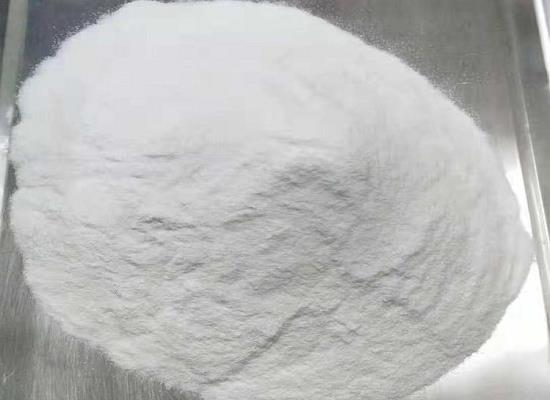Tartrazine: Effects, Synthesis and Side Effects
What is Tartrazine?
Tartrazine (Yellow 5) is a yellow, water-soluble azo dye that is widely used as a food colourant in food, pharmaceuticals and cosmetics. Its structure has good stability and it retains its colour even under acidic conditions and at higher temperatures. However, it is the most allergenic food colouring of all azo dyes, causing reactions especially in asthmatics and aspirin intolerant people. It needs to be used with caution.
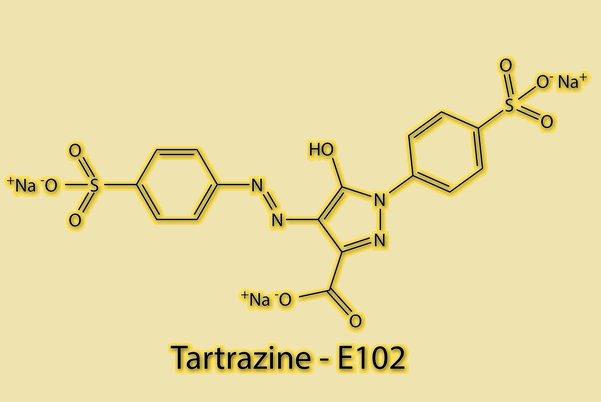
The effects of Tartrazine in humans?
Tartrazine is converted to an aromatic amine in living organisms, which is highly sensitising because it is a nitrogen-containing derivative (azo). The main metabolite identified so far is sulfamic acid. Tartrazine has been confirmed to cause allergies such as urticaria and asthma.
When these azo dyes are fully reduced to aromatic amines, they are oxidised to N-hydroxy derivatives by the P450 enzyme system. This biotransformation mechanism occurs in many species, including humans, and is responsible for a variety of diseases such as anaemia, brain, liver, kidney and spleen lesions, as well as allergic reactions, tumours and cancers.Tartrazine binds to human and bovine serum albumin, forming a complex that stops physiological functions. In addition, it causes biliary cirrhosis in postmenopausal women.
Synthesis of Tartrazine
Tartrazine can be synthesised by diazo-coupling reaction between sulfonic acid diamine and pyrazolone T.
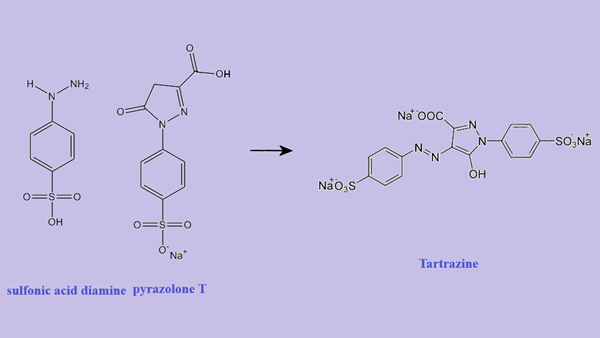
Side Effects
Studies have shown that Tartrazine can cause symptoms such as itching, hives, coughing, vomiting and even asthma attacks. Ingestion or skin contact can also cause allergic symptoms including anxiety, migraines, depression, blurred vision, itching, general malaise, fever, choking sensation, purplish skin and sleep disturbances. In addition, children with ADHD have been shown to become more irritable, restless and have sleep disturbances after taking Tartrazine. The Scientific Panel on Food Additives of the European Food Safety Authority (EFSA) concluded that Tartrazine appeared to induce intolerance in a small proportion of the exposed population, even if the dose level did not exceed the corresponding ADI. However, there has been much controversy regarding the potential for Tartrazine to be hazardous to human health. Although its use in food, especially for children, is still banned in many countries, it is currently legal in the European Union and the United States.
References:
[1] K. AMIN F S A S. Toxicological and safety assessment of tartrazine as a synthetic food additive on health biomarkers: A review[J]. African Journal of Biotechnology, 2018, 17 1: 139-149. DOI:10.5897/AJB2017.16300.[2] AALI R, YARI A, GHAFURI Y, et al. Health Risk Assessment of Synthetic Tartrazine Dye in some Food Products in Qom Province (Iran)[J]. Current Nutrition & Food Science, 2024, 12 1: 1-100. DOI:10.2174/0115734013198317231206044640.
Related articles And Qustion
Lastest Price from Tartrazine manufacturers

US $10.00/ASSAYS2025-08-29
- CAS:
- 1934-21-0
- Min. Order:
- 1ASSAYS
- Purity:
- 99%
- Supply Ability:
- 1 ton
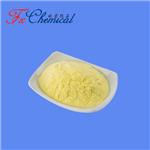
US $0.00/KG2025-04-21
- CAS:
- 1934-21-0
- Min. Order:
- 1KG
- Purity:
- 98%min
- Supply Ability:
- 30tons/month
